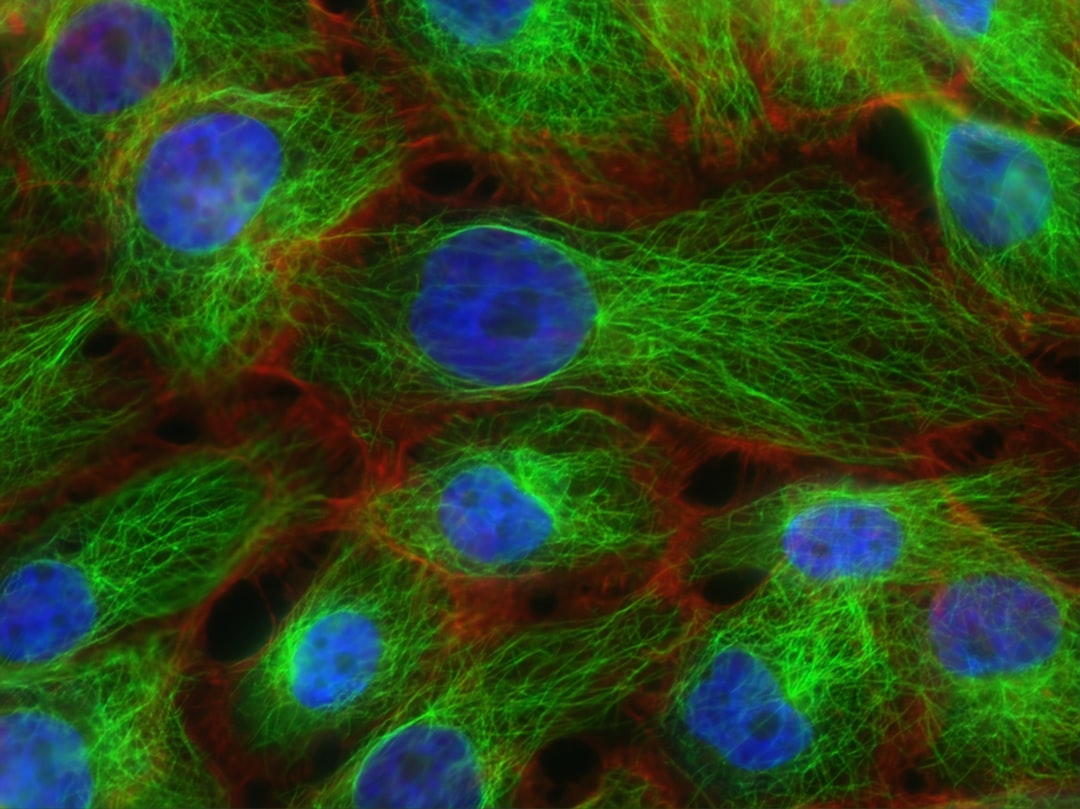What is it about?
Microfinance loans can create social frictions, primarily because they are often given to groups of individuals. If a certain member of a borrowing group defaults, her relations with peers—who would force her to pay her share of repayment—may get affected. This can lead to souring of relations and mutual distrust. In this paper, we find that the higher the prevalence of microfinance in a country, the higher are social distrust levels, specifically among the low-income households.
Featured Image

Photo by Dave Lowe on Unsplash
Why is it important?
Poor households are heavily dependent on social relationships, which serve various economic functions, acting as informal sources of insurance and credit. When cash-strapped and struck by a crisis—e.g., a family member falling ill or a crop failing—they rely on their social circle for loans. Microfinance came with a lot of promise, providing such households with alternative, formal means of credit. But high-interest, group-based loans, which often require even weekly repayments, need extreme financial discipline. If a group member defaults, other members contribute to keep the repayments on track, in the hope of not losing opportunity of getting bigger loans in future from the microfinance institution, but the defaulting member faces the social fallout as other loan-members react. Such social frictions may deprive the credit-constrained poor member of the previously existing informal insurance and credit sources. The pressures to meet strict repayment schedules can make such unreported default common, leading to a higher generalised distrust in communities.
Perspectives
Financial inclusion should not come have to come at the cost of social exclusion.
Syed Muhammad Usman Masood
Ibn Haldun Universitesi
Read the Original
This page is a summary of: Till debt does us apart: Cross-country evidence on the relationship between microfinance prevalence and social distrust, PLoS ONE, March 2023, PLOS,
DOI: 10.1371/journal.pone.0282072.
You can read the full text:
Contributors
The following have contributed to this page










